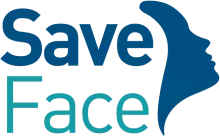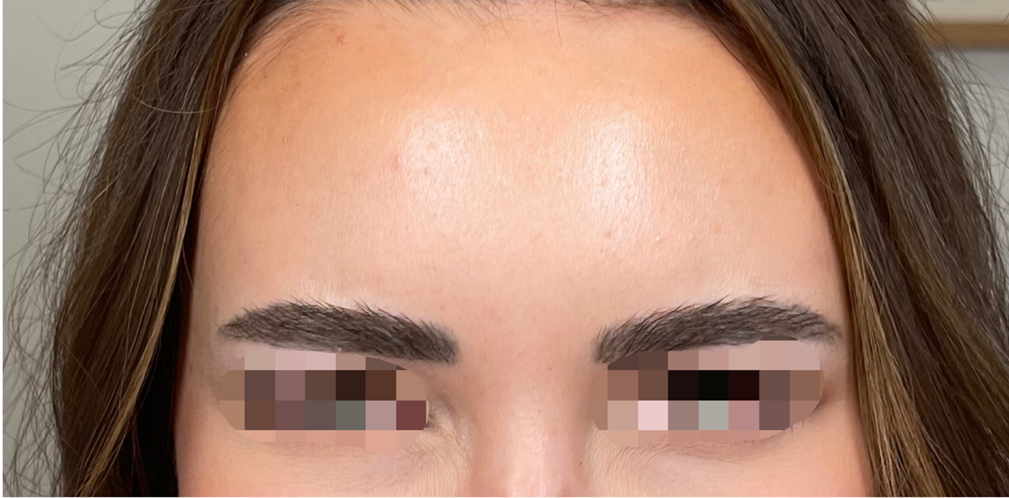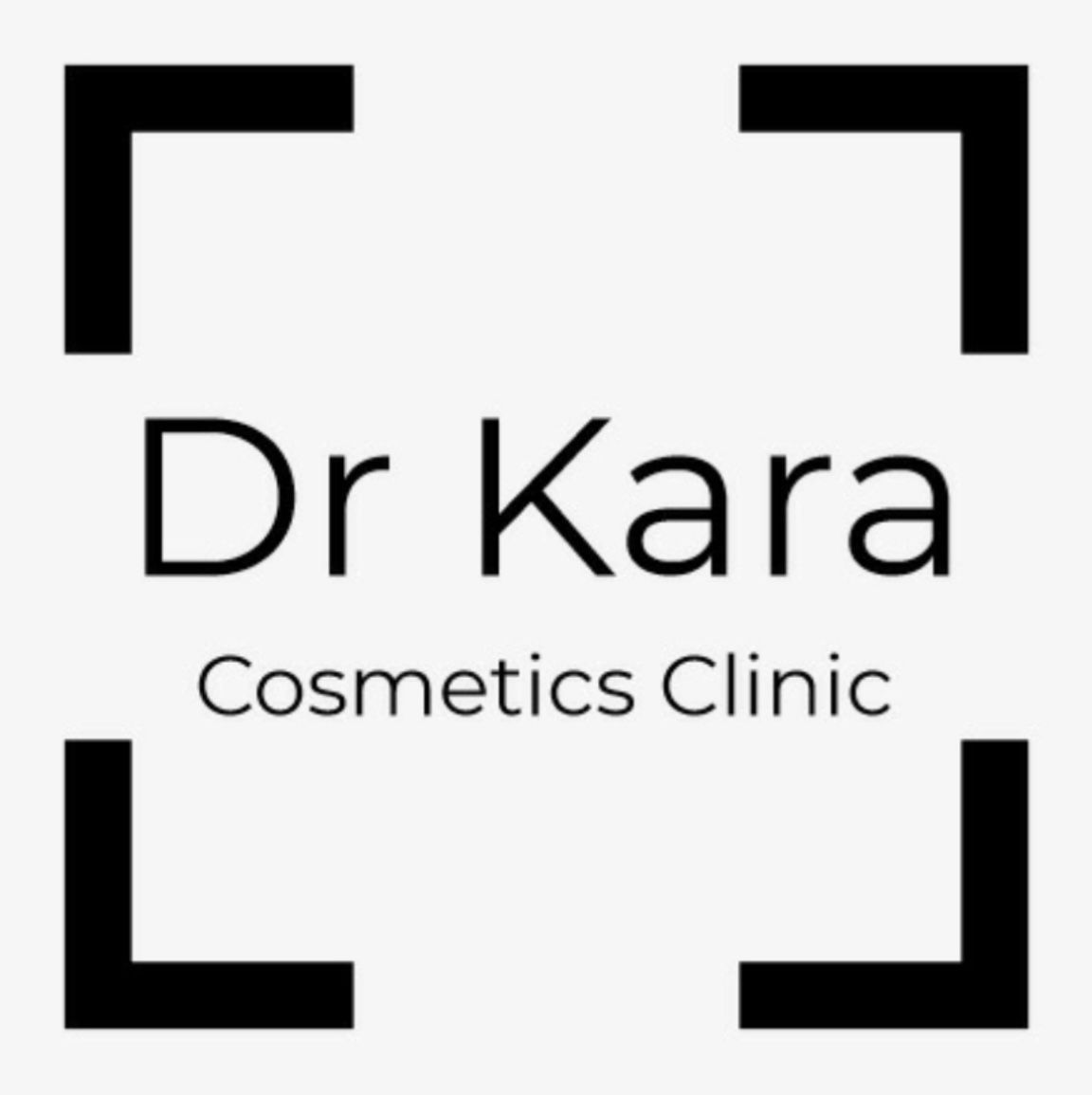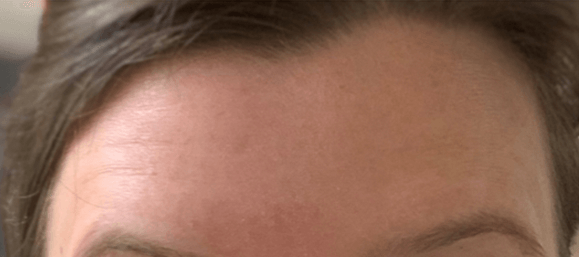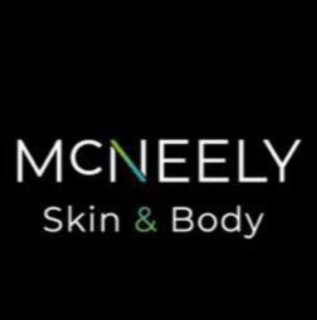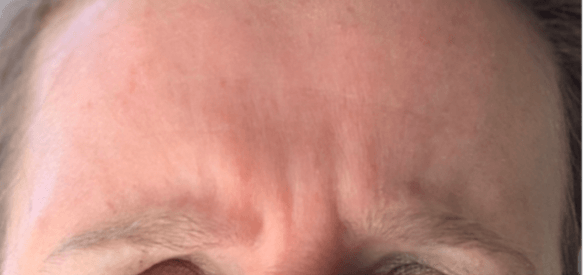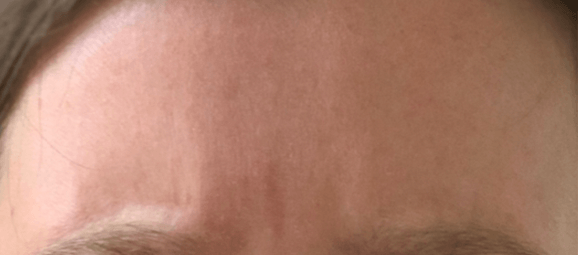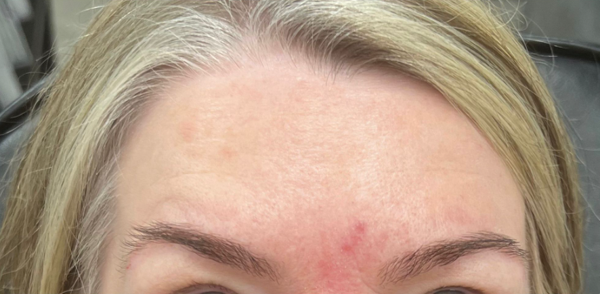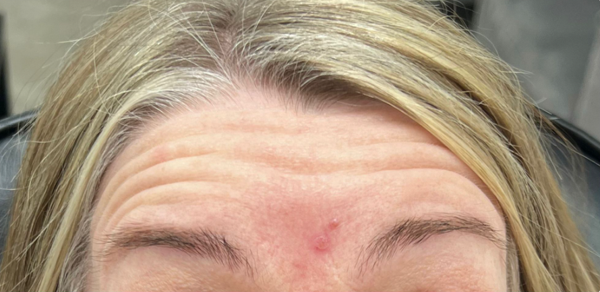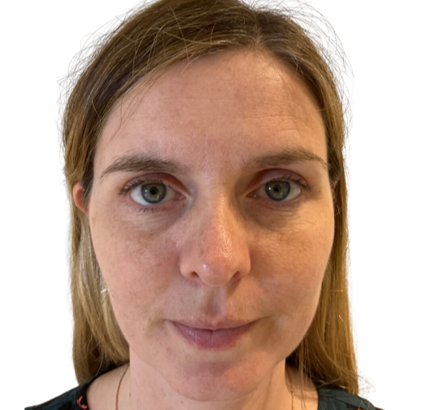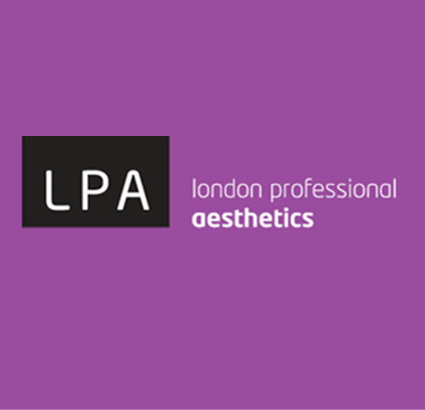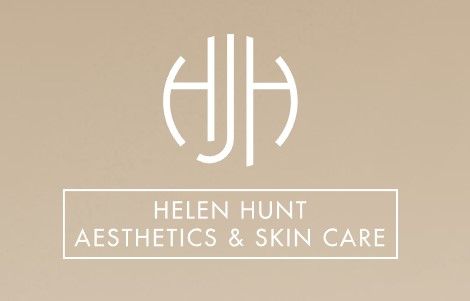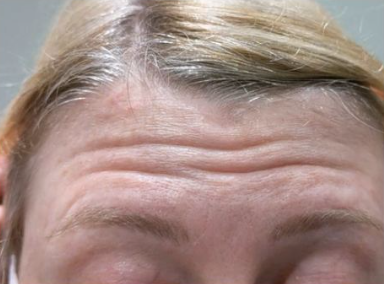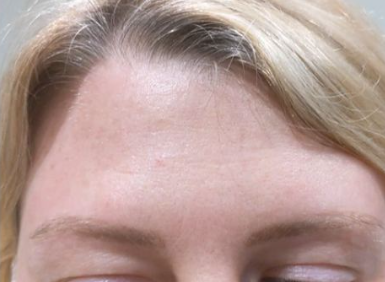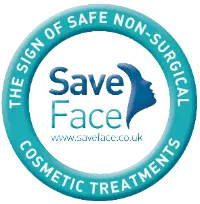After treatment it is expected that you will start to see an improvement within 2 or 3 days. The full result may be judged at 2-3 weeks. You may be invited to attend a review appointment at 2-3 weeks where the success of the treatment may be assessed and adjustments to your personal treatment plan made, if necessary.
You will be advised to keep the target muscles active for a few hours and to avoid extremes of heat or cold, vigorous exercise, lying down or leaning over for 4-6 hours.
It may not ‘completely freeze’ the expression, particularly if extreme effort is exerted to make an expression. Botulinum toxin is not suitable for lines present without expression (static lines), your practitioner will advise you.
There may be only a partial reduction in movement this very much depends on the amount administered and location of product placement – This is not a one size fits all treatment and may be tailored to suit your individual requirements and expected treatment outcomes – discuss this with your clinician at the time of consultation.
